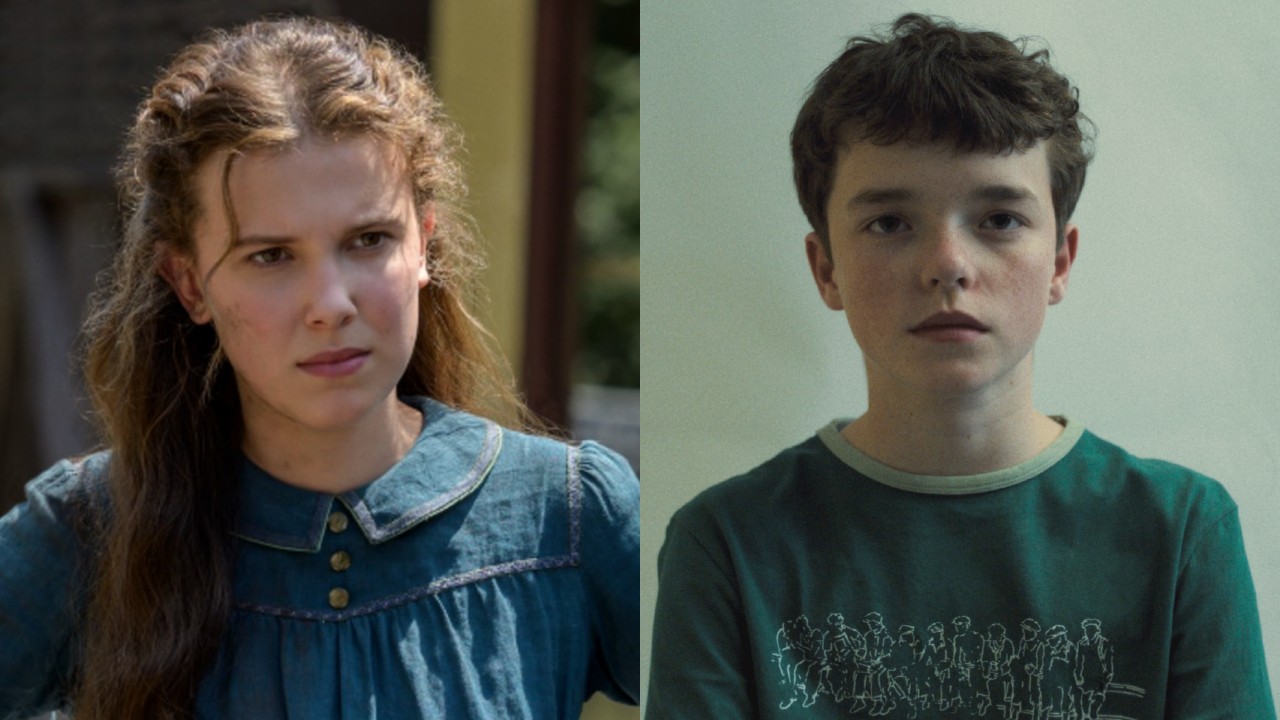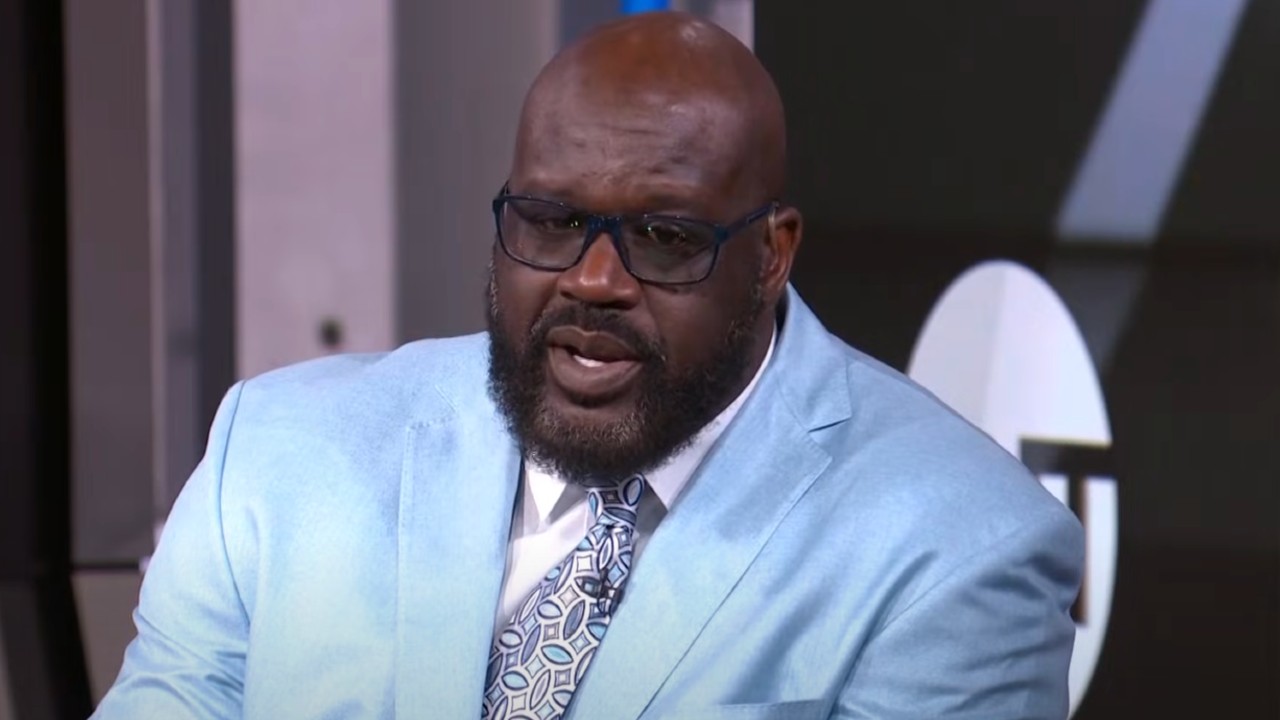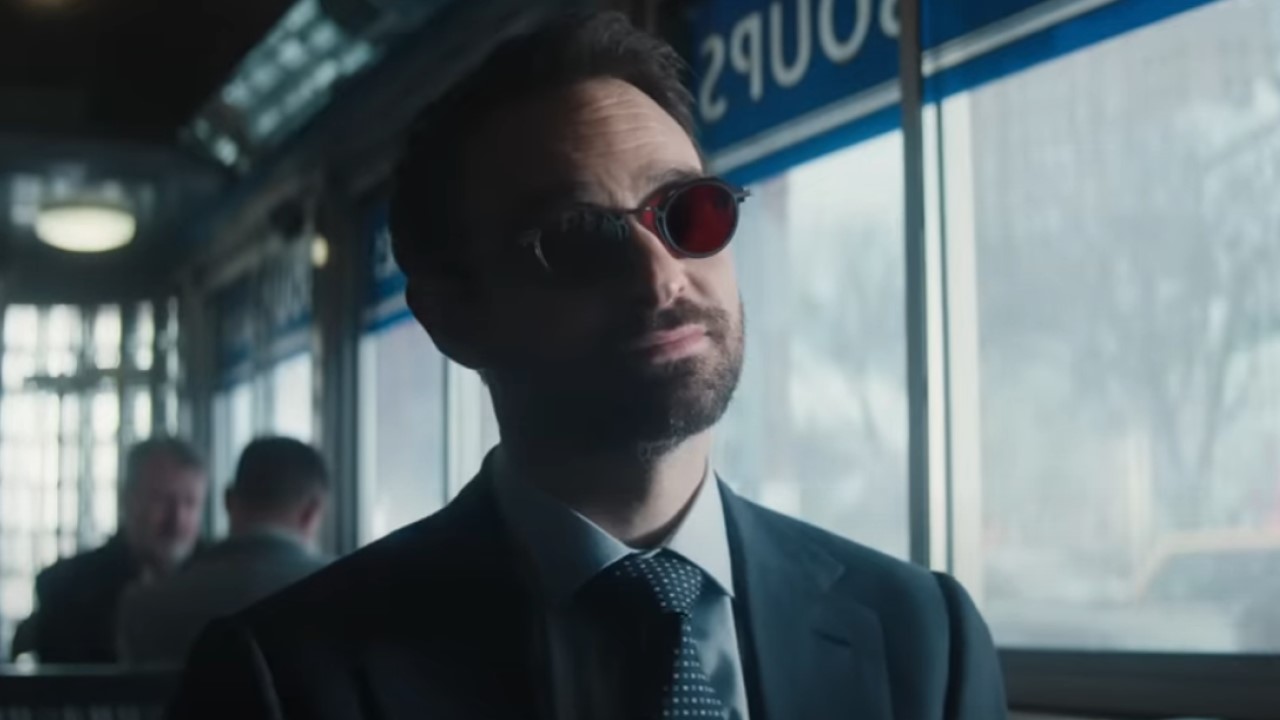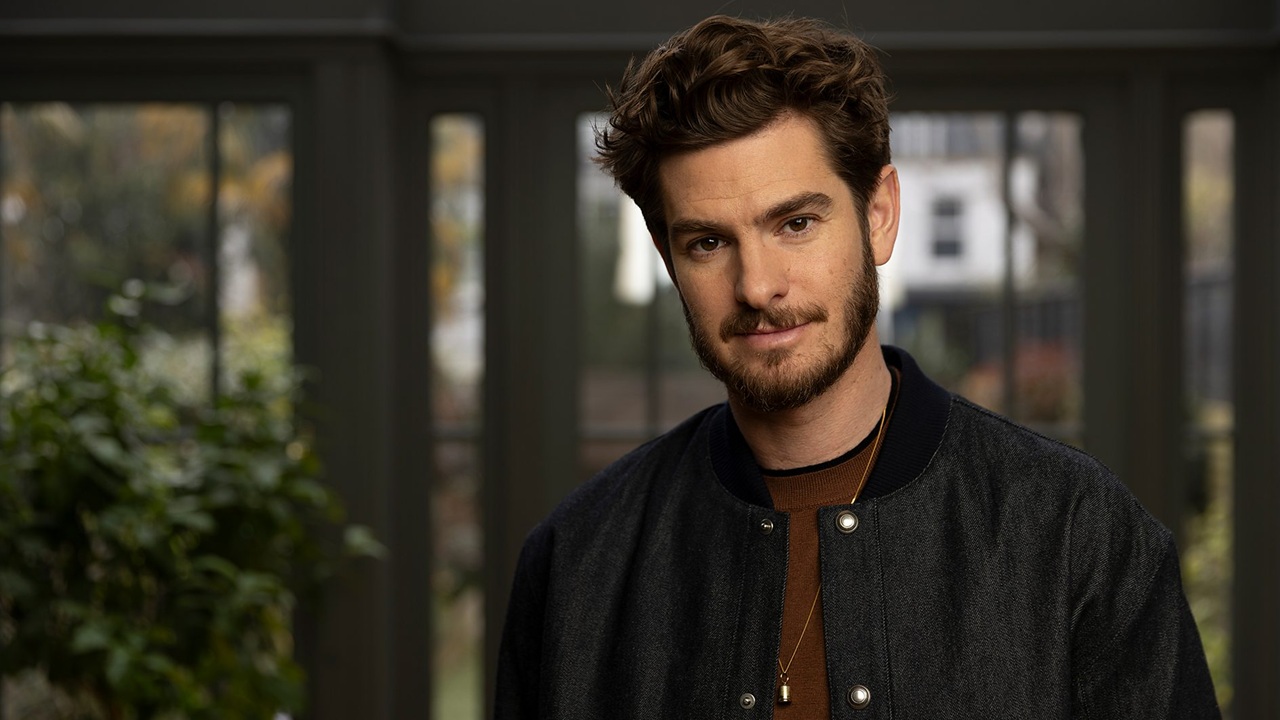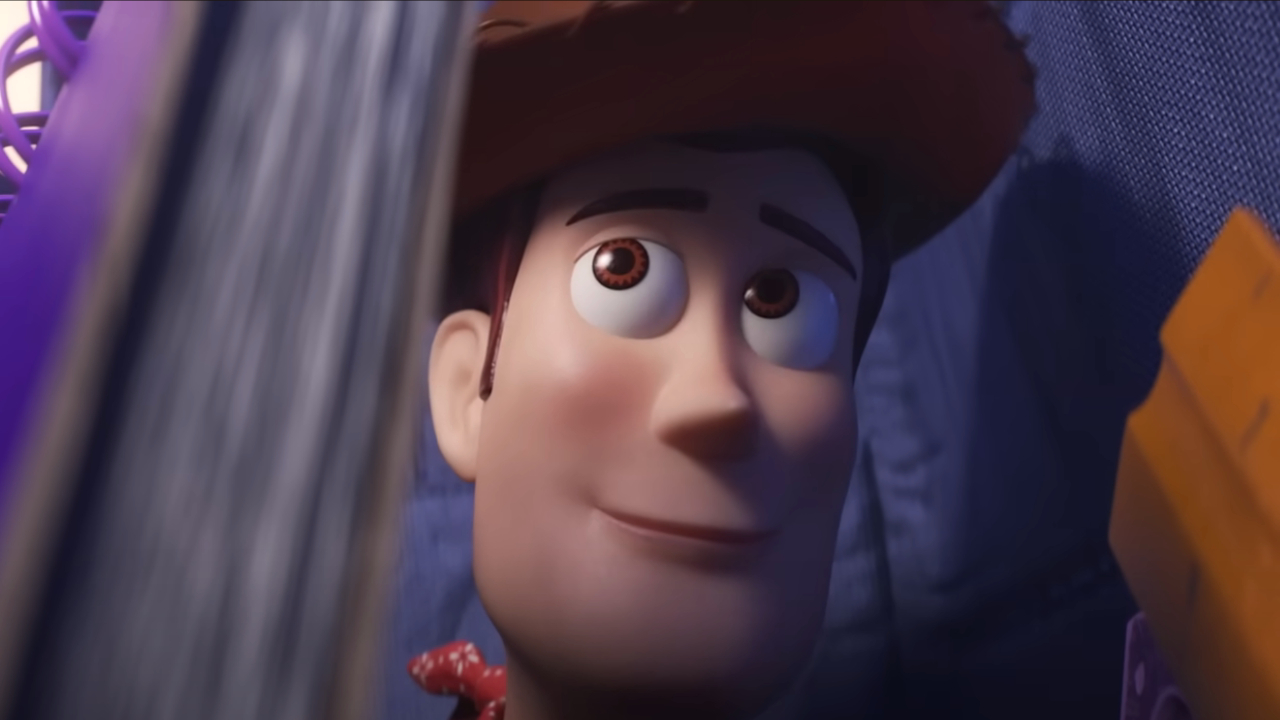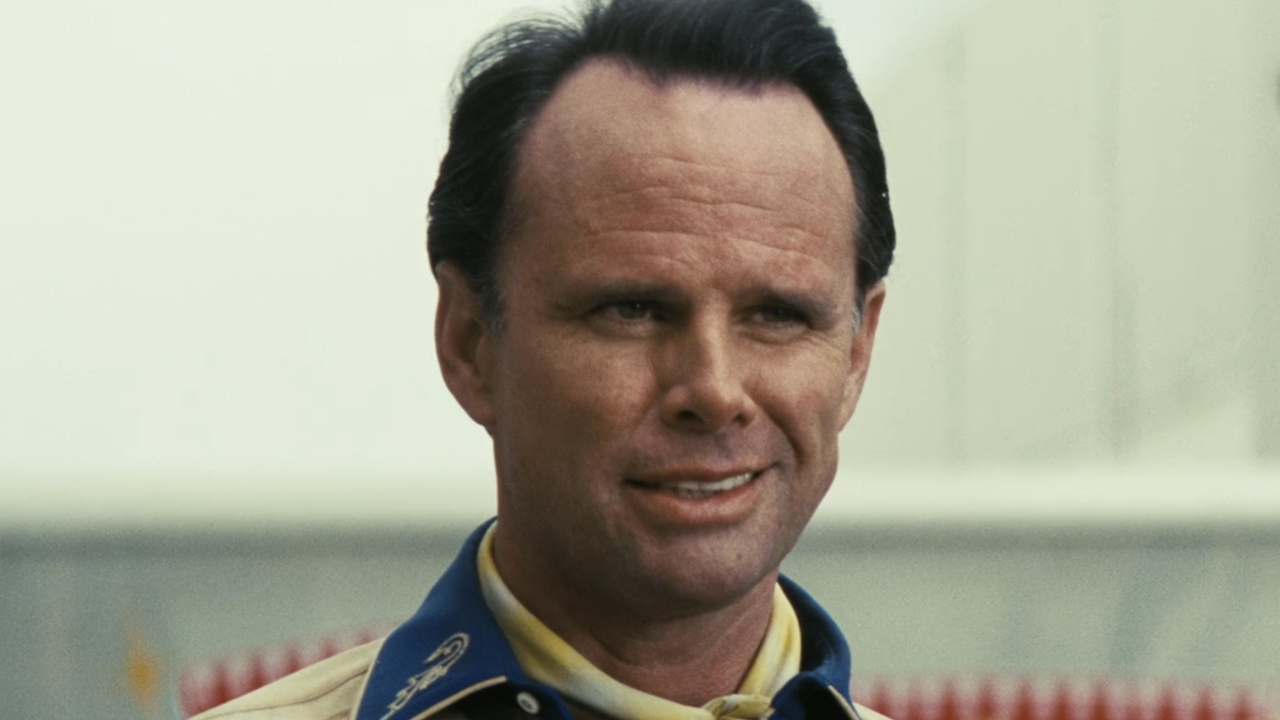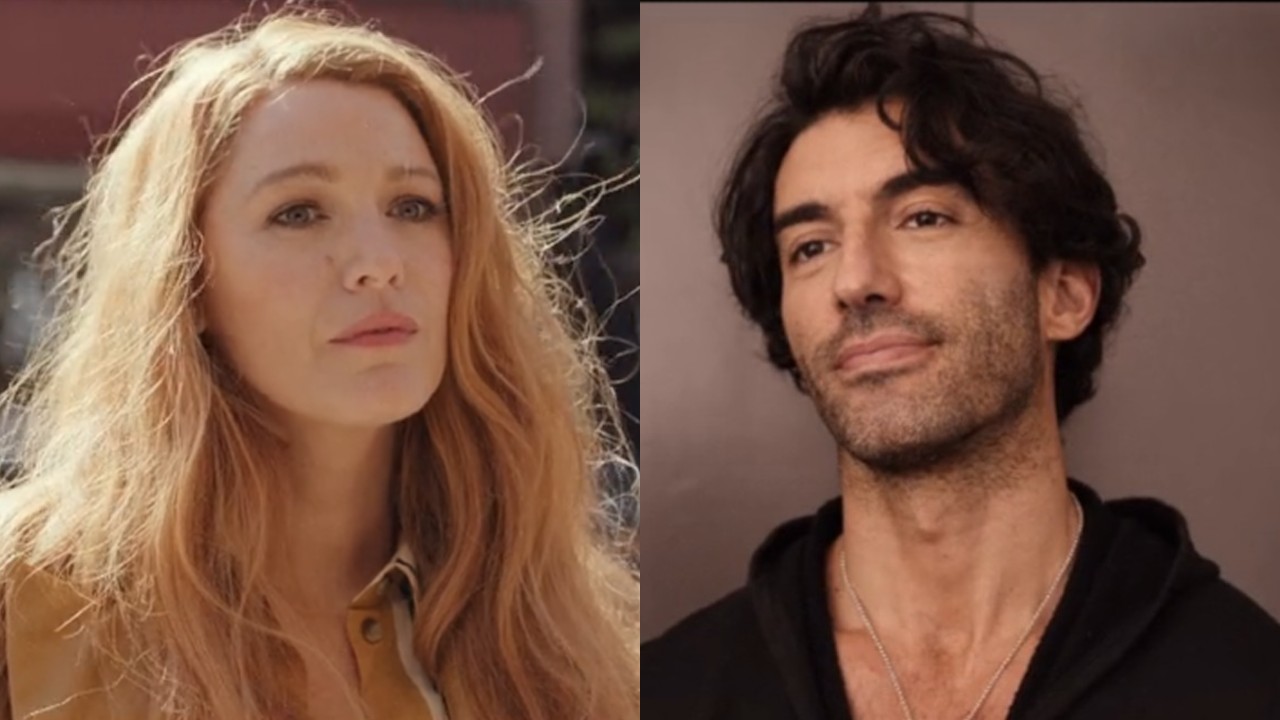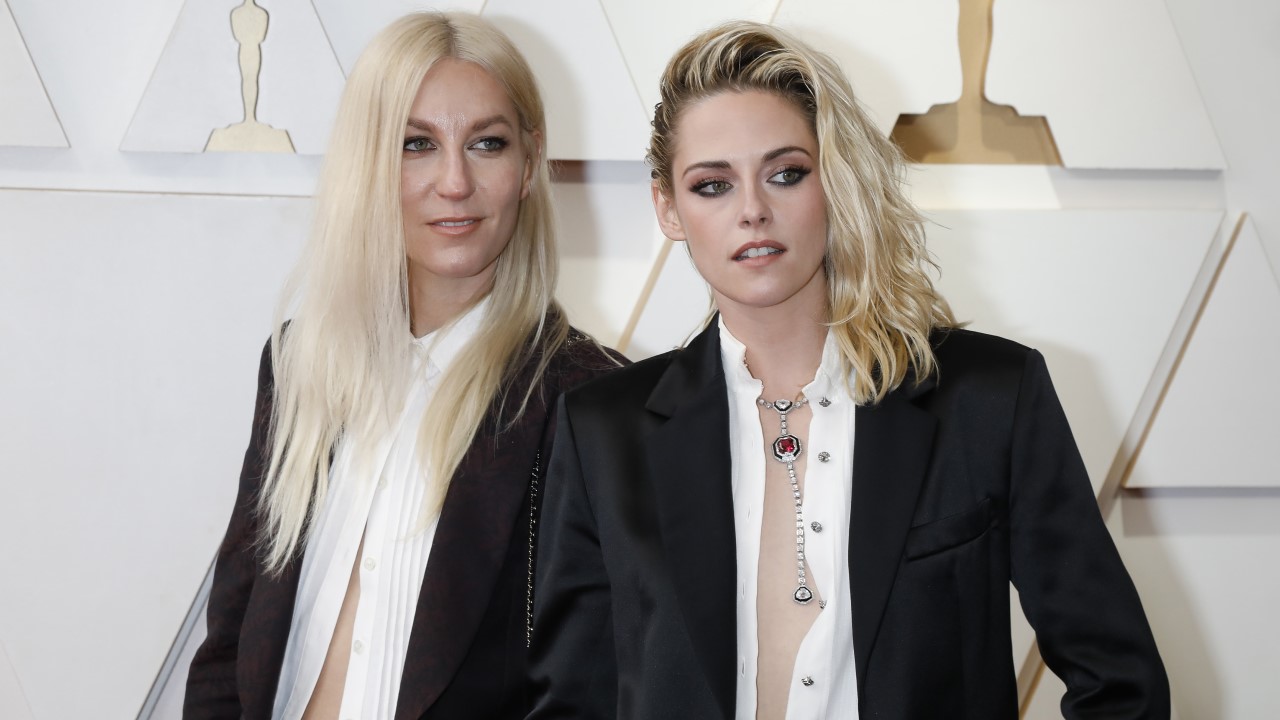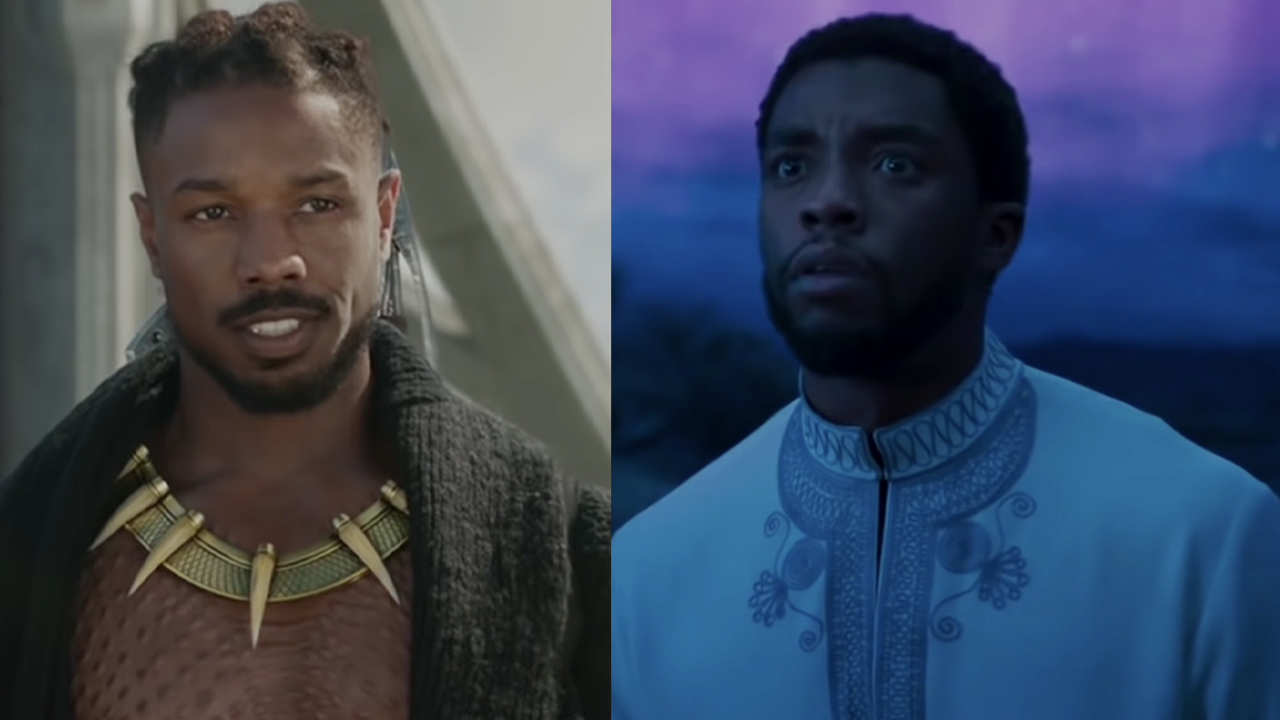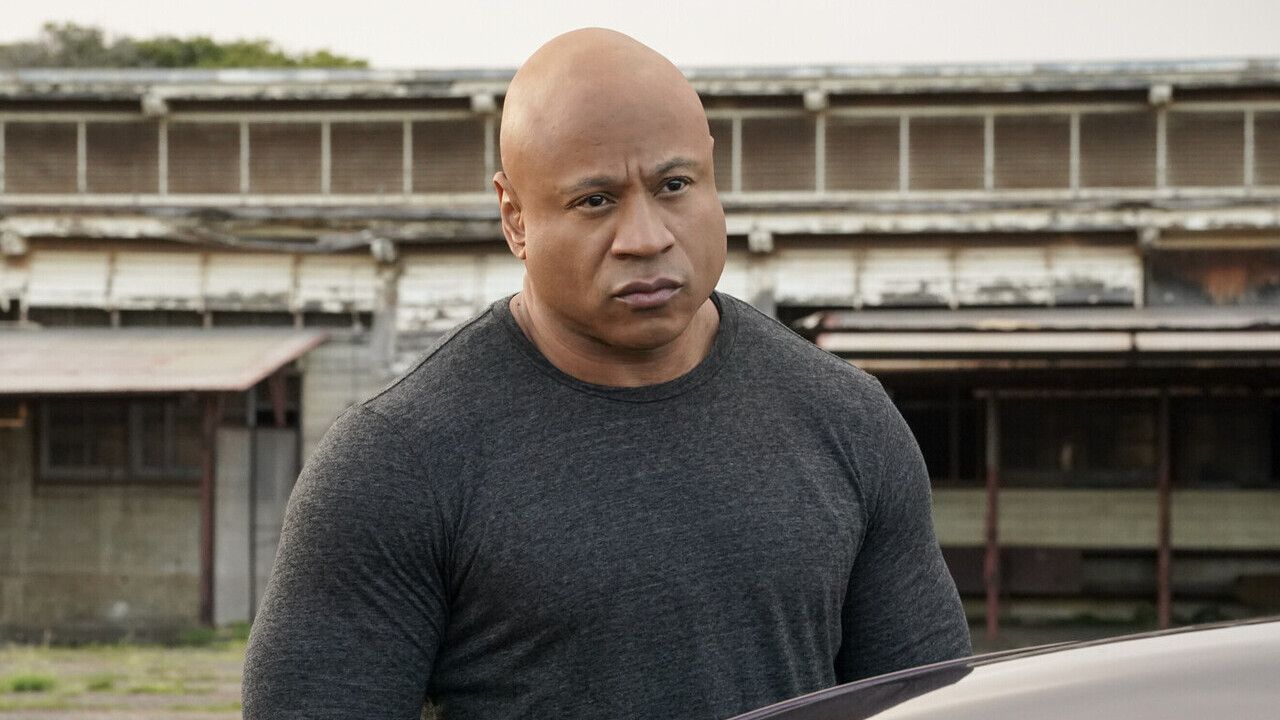10 Things You Need To Know Before Seeing The Amazing Spider-Man
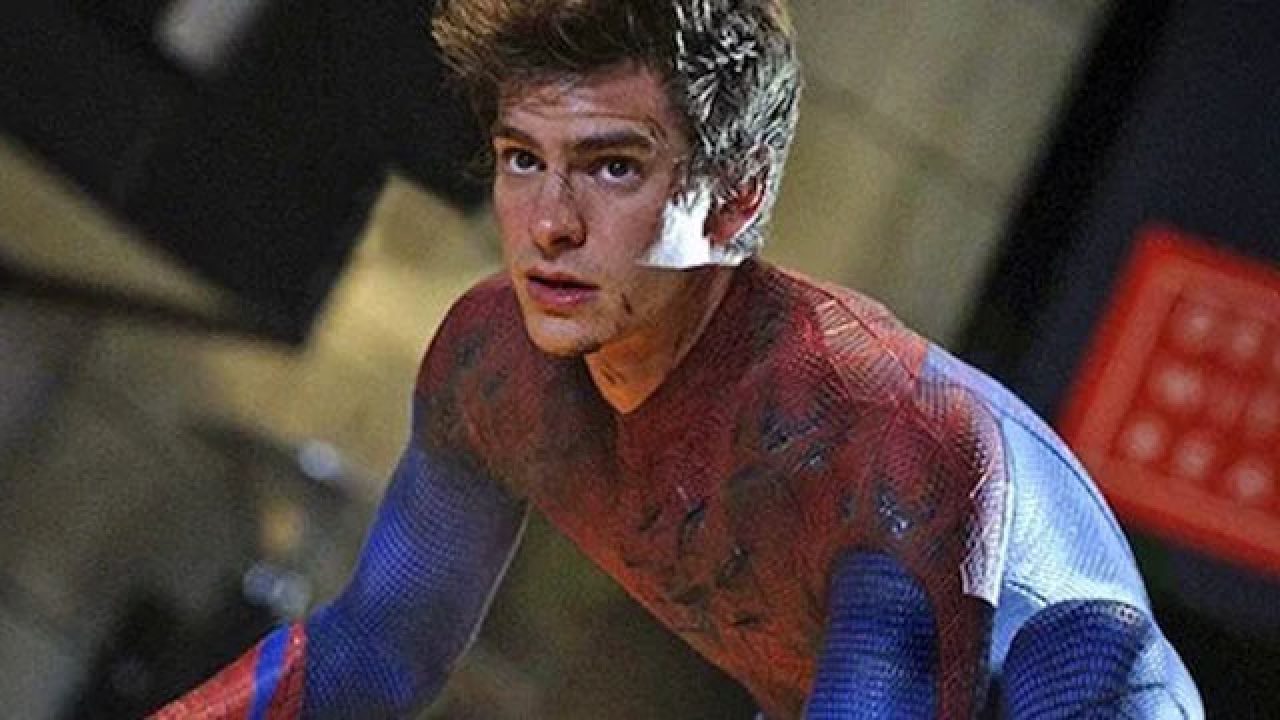
This feature may look familiar to regular readers of Cinema Blend. For the past two years I have been crafting guides for movies like Iron Man 2, Thor, Captain America: The First Avenger, and, most recently, The Avengers, but now we are taking a step away from the Marvel Cinematic Universe at diving head first into the universe of everyone’s favorite friendly, neighborhood superhero. At midnight tonight theaters around the country will be showing the first public screenings of Marc Webb’s The Amazing Spider-Man and I’m here to get you prepared.
Below you will find a list of ten things you need to know before heading to the theater for your screening of the new wall-crawler flick, but this time around I’ve added an extra twist. In addition to laying out how certain characters, devices and locations from the comic book world figure into the new movie, I’ve also included descriptions of how the details were dealt with by director Sam Raimi in his Spider-Man trilogy. Read on for a full dose of Spidey knowledge and be careful towards the end of the article where SPOILERS tread!
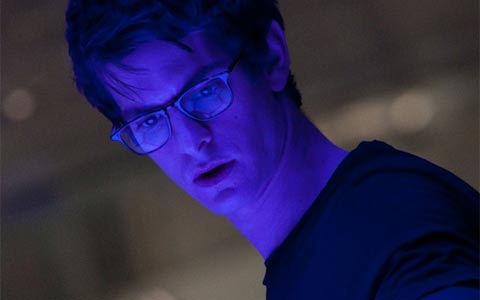
The Spider Bite
In The Comics: The story of how Midtown High’s only professional wallflower became Spider-Man began when he first decided to go to a radioactivity exhibit at the local science museum. During the middle of an experiment that Peter is watching, a spider crosses into a radioactive beam, lands on Peter’s hand, and bites him. The effects of the bite are almost instantaneous, as Peter leaves the museum and immediately shows off his spider-sense skills. And thus, Spider-Man was born
How Raimi Did It: For Spider-Man Raimi changed a few things but largely kept the story the same. Rather than attending the science exhibit by himself, the plot instead has Peter visit a genetics laboratory as part of a school trip. The lab is doing experimentation with arachnids and have used science to create 15 of what they call “super-spiders.” Mary Jane points out that the display only has 14 spiders, however, and while the geneticist thinks that some of the scientists may be working on #15, the truth is that it’s inching ever closer to Peter’s hand. Once bitten, it takes a full night for the spider’s advanced DNA to mold with Peter’s, which eventually turns him into Spider-Man.
How The Amazing Spider-Man Does It: Webb chooses not to stray too far from formula either, but does add his own details. He skips the museum and the random genetics lab and replaces them with Oscorp (which is working on cross-species genetics…though we’ll talk more about that later) and instead of hitting Peter’s hand, the advanced spider finds its way to the hero’s neck. I won’t spoil how, when or where, but the effects of the bite take a bit longer than in the first comic and a bit shorter than in Raimi’s Spider-Man.
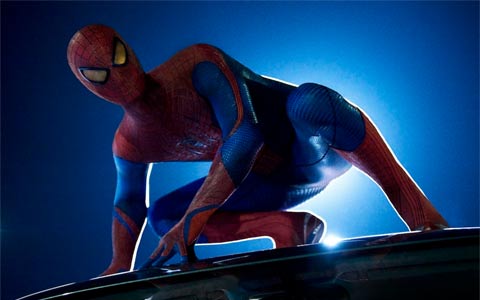
The Costume
CINEMABLEND NEWSLETTER
Your Daily Blend of Entertainment News
In The Comics: In the first issues of the comics, Peter Parker doesn’t instantly become a benevolent hero the second he discovers that he has the powers of a spider. In fact, he is actually kind of selfish, saying that he will only use his powers to help himself, Aunt May, and Uncle Ben. The costume comes into existence when Peter needs some cash and decides to become a wrestler, wearing a makeshift mask. The suit serves him well in the ring, where he defeats a famous fighter named Crusher Hogan, and afterwards he becomes a novelty television star, which leads him to create the famous suit.
How Raimi Did It: For his take on the origin Raimi stuck pretty close to the comics. In the 2002 movie, Peter puts on a mask and a sweatshirt with a spider on it to become a wrestler so that he will have enough money to buy a car and impress Mary Jane (in the movie the enemy wrestler is named Bonesaw McGraw). After his decision to become a hero and accept his responsibility, the costume receives a major upgrade and starts to look like the one we all know and love.
How The Amazing Spider-Man Does It: Webb took the costume origin in a different direction for the reboot. While I won’t spoil the new machinations here, I will say that it does take a step away from the original story and creates something new while still having nods towards the classic tale.
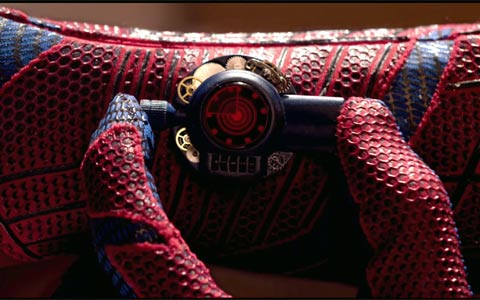
The Webbing
In The Comics: Spider-Man has gone through many incarnations and therefore details are always going to be conflicting origin stories, but the classic story is that Peter gets bitten by a radioactive spider, starts getting superpowers, and only then has the idea to invent a pair of web-shooters to mount on his wrists. The devices are primarily used for transport, as the wall-crawler uses his webbing to swing through the streets of Manhattan, but they are also a weapon, used to confuse and detain criminals during a beatdown. The drawback, of course, is that he occasionally runs out of webbing and that the devices are subject to the occasional malfunction that leaves our hero vulnerable.
How Raimi Did It: While Raimi’s movies were, in many ways, homages to the classic Spider-Man comics, it was in the webbing department that he changed things up a bit for his movies. Instead of having Peter build a device that allowed him to fire webs, the power came organically from the spider bite that gave him all his other powers (including the ability to stick to walls, spider-sense, increased strength and agility, etc.) It was a controversial issue at the time and in retrospect is even more interesting given that…
How The Amazing Spider-Man Does It: The Amazing Spider-Man returns to the use of web shooters built by Peter. The technology is based on something Peter finds in Oscorp, and his development of the technology is part of the “Becoming Spider-Man” montage.
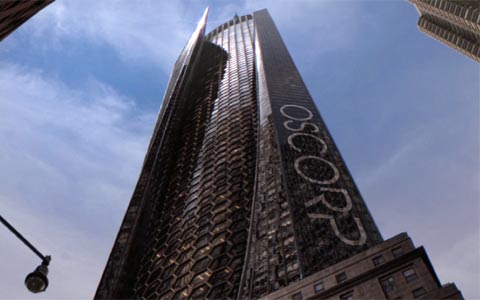
Oscorp
In The Comics: The Marvel Universe is packed to the brim with evil corporations and organizations, but Oscorp is one of the biggest and baddest. Started by Norman Osborn, the company is one of the biggest science and development organizations in the world, dealing in everything from biology and gene-splicing to nanotechnology and robots.
How Raimi Did It: Oscorp has a significant role in the first two Raimi movies, but doesn’t really play a role in Spider-Man 3. The first film prominently featured Norman Osborn (Willem Dafoe) as he worked to fulfill a government contract for a super-strength serum, specialized suit and a glider. When the contract is close to being cancelled, Osborn decides to test the serum on himself and turns into the Green Goblin. In the sequel, Norman’s son Harry (James Franco) is put in charge of Oscorp. He uses the corporation’s finances to support Dr. Otto Octavius and his research into fusion power, but that ends up blowing up in his face.
How The Amazing Spider-Man Does It: Oscorp proves to be a very important setting in the upcoming Spider-Man movie. As mentioned earlier, it’s the new location where Peter Parker first gets bitten (this is actually in-line with the origin story from the Ultimate Spider-Man comic book line), but also where both Dr. Curt Connors and Gwen Stacy work. It’s pretty clear from the get-go that something nefarious is going on behind the scenes of the company, but you’ll just have to watch the movie to find out more about that.
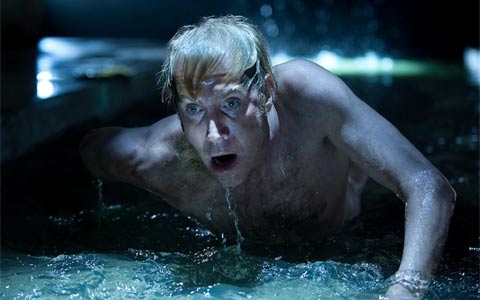
Curt Connors/The Lizard
In The Comics: Dr. Connors, one of Spider-Man’s earliest villains, was actually introduced not in New York City but rather in the Florida everglades. A former army surgeon, Connors was present during an explosion that left doctors no choice but to amputate his right arm. After returning home, the doctor works endlessly to use lizard DNA to try and regenerate his arm, but when he tests a serum on himself he ends up becoming a giant, ferocious Lizard. Spider-Man travels down to Florida and after some trial and tribulation is finally able to give The Lizard an antidote that returns Connors back to normal.
How Raimi Did It: Poor Dylan Baker. The one-armed doctor was portrayed by Baker in both Spider-Man 2 and Spider-Man 3 and before the reboot it looked like they were gearing up to a Lizard storyline – only they never had the chance to get there. The character in the movies is a physics professor at Columbia University, where Peter is a student. Though Connors never turns green and scaly in the Raimi films, he is partially responsible for getting Spider-Man entangled with Doctor Octopus, as Peter writes a paper about Dr. Otto Octavius for Connor’s class.
How The Amazing Spider-Man Does It: Connors, played by Rhys Ifans in the new movie, is taken out of school for the reboot and instead brought back to his scientist roots. In The Amazing Spider-Man the character is one of the key scientists working for Oscorp and has the dream of using cross-species genetics to grow back his missing right arm. In case you didn’t already know, it doesn’t turn out well, either for Connors or the city of New York. The film also gives Connors an important connection to Peter, as he worked with Richard Parker, Peter’s dad, at Oscorp.

The Daily Bugle
In The Comics: The Daily Bugle is classically known as the newspaper that ends up employing Peter Parker as the official photographer of Spider-Man. Led by J. Jonah Jameson, the news outlet is best known for its sensationalistic headlines and tendency to make Spider-Man look like a villain – even in situations where he is clearly the hero.
How Raimi Did It: The Daily Bugle in the comics is completely unchanged in Sam Raimi’s trilogy. Jameson, portrayed by the brilliant J.K. Simmons, is the perfect irascible asshole from the comics who wants to see nothing more than Spider-Man thrown in prison. Many of the other classic Daily Bugle employees make appearances as well, including Robbie Robertson (Bill Nunn), Betty Brandt (Elizabeth Banks), and Eddie Brock (Topher Grace).
How The Amazing Spider-Man Does It: Likely due to the nightmare that will be recasting Jameson (seriously, Simmons was just that perfect), The Daily Bugle doesn’t have a huge presence in the reboot, but it does play a role. Instead of just being a newspaper, the company is actually seen as a news conglomerate, with a hand in cable news and an online presence. This is once again an example of Webb pulling more from the Ultimate Spider-Man universe where The Daily Bugle has made its way into the 21st century.
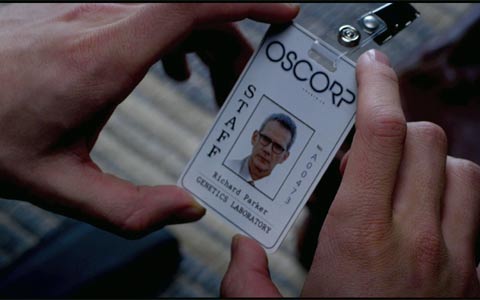
Richard and Mary Parker
In The Comics: This is once again an area where it depends what origin story you are looking at. While Peter was introduced while living with Aunt May and Uncle Ben, it was eventually revealed that the pair were actually heavily involved with the United States military and were regularly traveling around the world on missions – hence why they had to leave their son behind. In the Ultimate Spider-Man storyline, however, Richard is changed to be a scientist working at Empire State University developing a cure for cancer. Working with Eddie Brock’s father, they develop a suit that can repair its host’s body. Unfortunately, this is the suit that winds up becoming the villain known as Venom.
How Raimi Did It: Richard and Mary Parker play virtually no role in the original Spider-Man trilogy. While they are mentioned once or twice, they’re largely ignored in favor of making the relationship between Peter and his May and Ben stronger.
How The Amazing Spider-Man Does It: Raimi may have chosen to ignore Peter’s parents, but the new film puts them front and center. In the movie Richard and Mary both worked for Oscorp and were actually good friends with Dr. Curt Connors. Because of their connection to a major cross-species genetics experiment, they are forced to go on the run and leave Peter with Ben and May. The plot is driven forward when Peter discovers his father’s old briefcase and the hunt for answers about his parents begins.
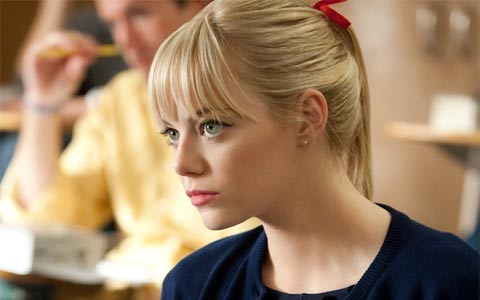
Gwen Stacy
In The Comics: While not Peter’s first love – that title goes to Betty Brandt – she is still one of the most important romantic figures in Spider-Man’s life. Peter first meets her while both are attending Empire State University and fall deeply in love. Up until her death the Peter-Gwen relationship has many ups and downs, with some great victories and other tragic losses.
How Raimi Did It: Despite Gwen’s importance in the earliest Spider-Man storylines, the director actually ended up ignoring the character for a long time in favor of the more popular Mary Jane Watson. She does, however, make her feature film debut in Spider-Man 3, played by Bryce Dallas Howard. She is, sadly, largely wasted in the movie, used only to create a miscalculated and unnecessary love triangle between herself, Peter and Mary Jane.
How The Amazing Spider-Man Does It: Once again, this is an example of the new film distancing itself from the previous trilogy. Played by Emma Stone, Gwen is a schoolmate of Peter’s and, as mentioned, an employee at Oscorp. She’s the movie’s primary romantic interest, though her relationship with Peter becomes strained when the titular hero takes on the responsibility of being Spider-Man and finds himself regularly in harm’s way.
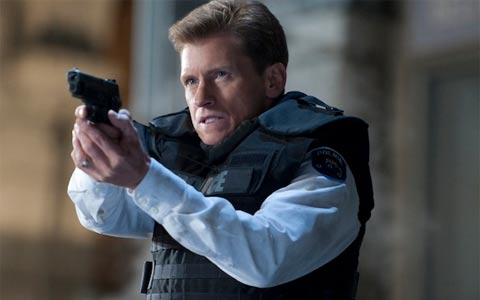
George Stacy
In The Comics: When Peter first meets Gwen Stacy, George’s daughter, he has no idea that her father is one of the highest ranking officers of the NYPD. While this would be intimidating for almost anyone, there’s one key piece of information about George that gives Peter some peace of mind: he’s on Spider-Man’s side. There are many in the city that disapprove of the web-slinger’s costumed vigilante act, but George believes that he is actually a force for good. The character meets a tragic end when Spider-Man is doing battle with Doctor Octopus on a rooftop and George ends up getting crushed by a piece of falling debris while trying to save a child.
How Raimi Did It: Much like Gwen, George was kept out of the original Spider-Man trilogy with the exception of the third installment. Played by James Crowell, the character is portrayed as being a friend of the Spider’s and also the bearer of bad news, revealing to Aunt May and Peter that it was actually Flint Marco, also known as The Sandman, who killed Uncle Ben.
How The Amazing Spider-Man Does It: Without J. Jonah Jameson, The Amazing Spider-Man opts to use George Stacy as the non-superpowered antagonist of Spider-Man. George, played by Denis Leary, wants the webhead off of his streets so that he and his fellow officers can work to protect the denizens of New York. He also isn’t a huge fan of Peter dating his daughter, particularly when the young man begins to spout pro-Spidey rhetoric.
SPOILER ALERT
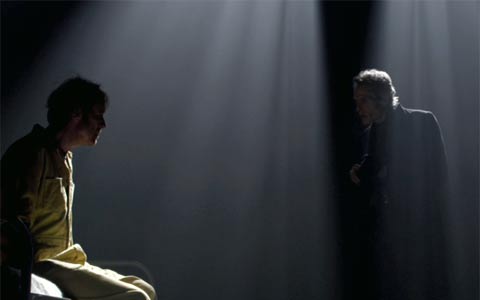
Norman Osborn
In The Comics: Batman has The Joker, Superman has Lex Luthor, and Spider-Man has Norman Osborn, aka the Green Goblin. The head of the aforementioned Oscorp, the version of Norman in the comics is a megalomaniacal man who grew up in an abusive household haunted by a green, goblin-like creature. After stealing some of his companies technology, he actually becomes the monster he envisioned as a child and uses his new powers to terrorize the people of New York. Naturally, this doesn’t sit too well with Spider-Man.
How Raimi Did It: Norman Osborn/The Green Goblin was, of course, the central villain of Raimi’s first Spider-Man movie. As described earlier, Norman uses his company’s super-strength formula and goes mad in the story, which leads him to attack New York on multiple occasions. He has a particular hatred for Spider-Man, who is constantly standing in his way, and upon learning that the hero is Peter Parker Norman begins to torture both Aunt May and Mary Jane. At the end of the film he kills himself with his own gloder while trying to attack Spidey and would later haunt Harry in Spider-Man 2 and drive him to become The Green Goblin II in Spider-Man 3.
How The Amazing Spider-Man Does It: Throughout the film Norman Osborn is mentioned in passing, most notably by Rajit Ratha (Irrfan Khan), who informs the audience that Osborn is dying from a mysterious disease. The cross-species genetics projects that Dr. Connors has been working on are largely being done to try and help cure Osborn. At the end of the film, following the cast credits, there is an extra scene that features Osborn (portrayed by Michael Massee) in the shadows of Dr. Connors’ jail cell, making sure that Peter doesn’t know the truth about his father. We never see the character’s face and he is never addressed by name, but this is the assumption at large.

Eric Eisenberg is the Assistant Managing Editor at CinemaBlend. After graduating Boston University and earning a bachelor’s degree in journalism, he took a part-time job as a staff writer for CinemaBlend, and after six months was offered the opportunity to move to Los Angeles and take on a newly created West Coast Editor position. Over a decade later, he's continuing to advance his interests and expertise. In addition to conducting filmmaker interviews and contributing to the news and feature content of the site, Eric also oversees the Movie Reviews section, writes the the weekend box office report (published Sundays), and is the site's resident Stephen King expert. He has two King-related columns.
